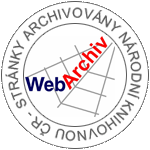Social Sciences Citation Index (Web of Science)
Journal Citation Reports (Social Sciences Edition)
SCOPUS
EconLit
International Bibliography of the Social Sciences
ABI/INFORM
EBSCO
CABELL´S
GALE Business Insights: Global
RePEc (Research Papers in Economics)

